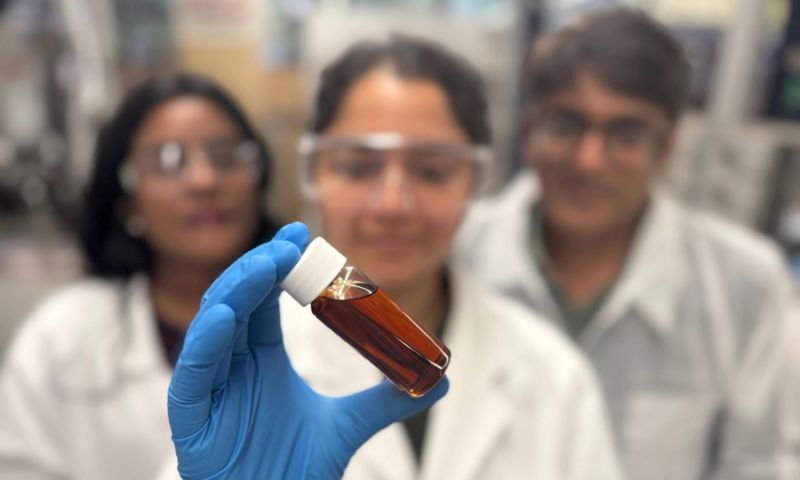University of Southern California: Carbon-negative manufacturing method, inspired by reefs, creates strong building materials
- Global Research Partnerships
- Apr 16
- 1 min read

A new method inspired by coral reefs can capture carbon dioxide from the atmosphere and transform it into durable, fire-resistant building materials, offering a promising solution for carbon-negative construction.
The approach, developed by USC researchers and detailed in a study published in npj Advanced Manufacturing, draws inspiration from ocean coral reefs’ natural ability to create robust structures by sequestering carbon dioxide. The resulting mineral-polymer composites demonstrate extraordinary mechanical strength, fracture toughness and fire-resistance capabilities.
“This is a pivotal step in the evolution of converting carbon dioxide,” said Qiming Wang, associate professor of civil and environmental engineering at the USC Viterbi School of Engineering. “Unlike traditional carbon capture technologies that focus on storing carbon dioxide or converting it into liquid substances, we found this new electrochemical manufacturing process converts the chemical compound into calcium carbonate minerals in 3D-printed polymer scaffolds.”
Inspiration of coral reefs
Existing carbon capture technologies generally focus on storing carbon dioxide or converting it into liquid substances. However, this is generally expensive and inefficient. This new method offers a less expensive solution by integrating carbon capture directly into building materials.
Wang attributed the “magic of ocean coral” as fundamental to the study’s breakthrough. “As an organism, coral can use photosynthesis to capture carbon dioxide from the atmosphere and convert it into a structure,” Wang said.



